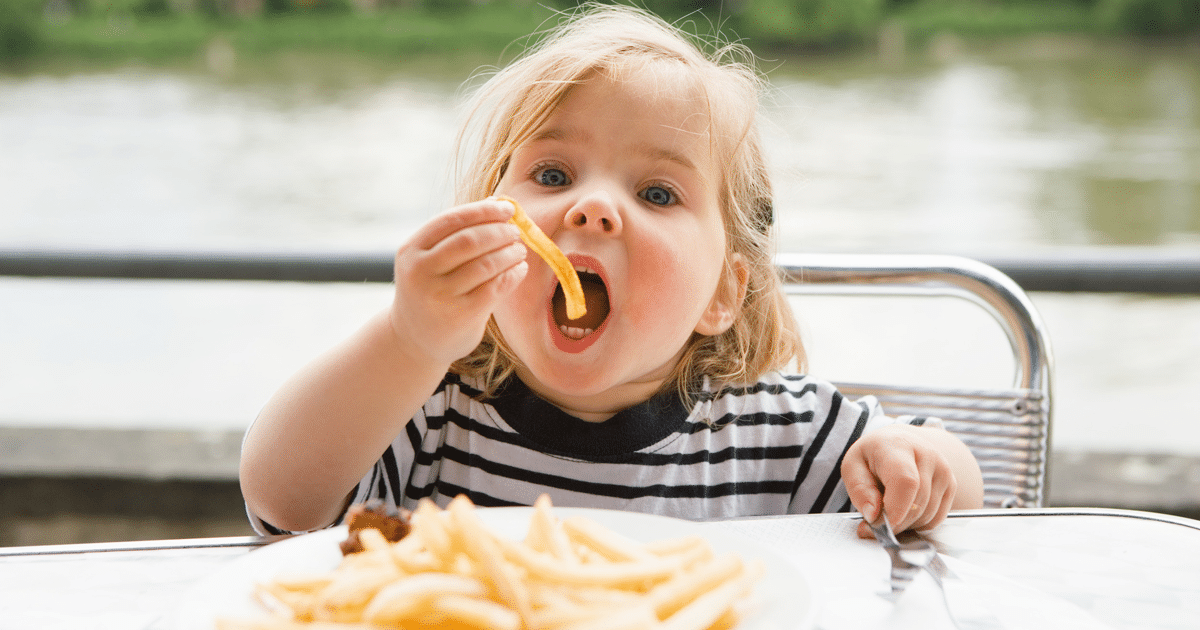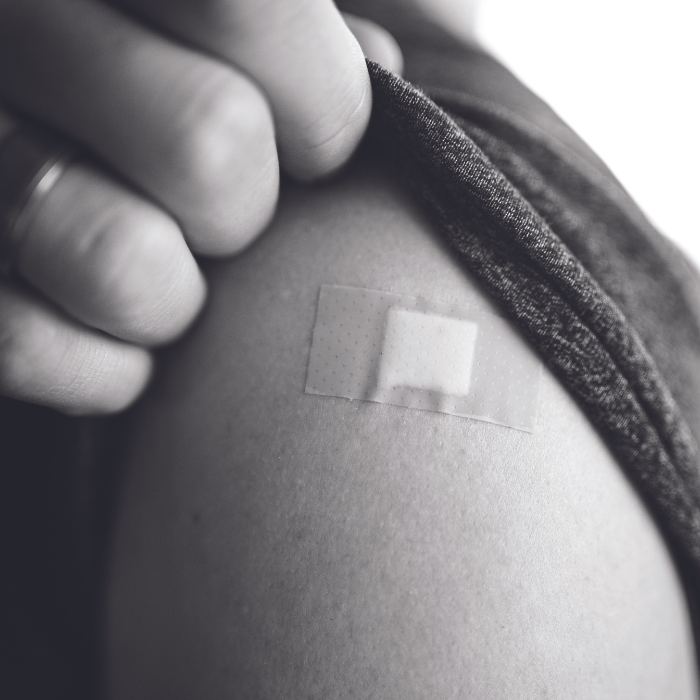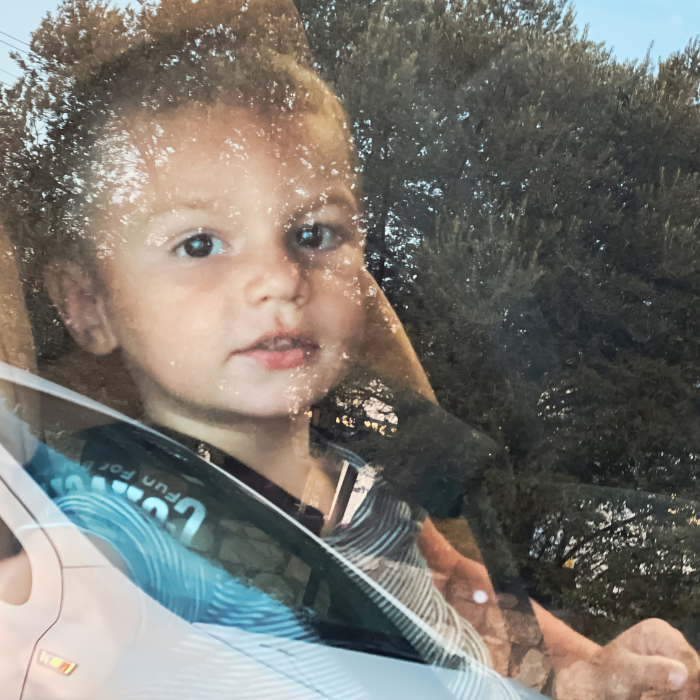
Has your child shown signs of a food intolerance? Do you know what you’re looking for? We give you the low-down on how certain food groups can affect your child.
If your children aren’t intolerant to some food groups, you’ve probably come across it in one of their friends. Party food, afternoon teas and shared lunches can become a minefield, making it important for all parents to have some understanding of food intolerances.
Unfortunately, because of the chronic nature of intolerances it is difficult to link the offending food to the symptoms. The most-known intolerances to food affecting children are lactose, fructose and gluten intolerances (including coeliac disease).
lactose intolerance
Occurs when the body is unable to produce any or enough lactase, this enzyme breaks down lactose (which is a sugar) in milk and dairy products. If lactose is not digested, it can’t be absorbed and passes through to the colon where bacteria use it to produce acids and gas.
Lactose intolerance can be classified as Primary and Secondary lactose intolerance. Primary refers to a genetic condition; whereas Secondary is associated with temporary damage of the gut which decreases the production of lactase (after illnesses like gastroenteritis and coeliac disease, for example). After recovery from diseases affecting the gut, lactose can be re-introduced into the diet.
1 Babies: primary lactose intolerance in babies is rare, but diagnosis from a family doctor is important as a special diet based on alternative formula might be necessary. Symptoms to look for: an inability to gain weight or reduced growth.
2 Infants: lactose intolerance is overestimated as it is often confused with colic in infants.
3 Children: removing foods from the diet can be considered, under the guidance of a nutrition professional to avoid dietary deficiencies.
Foods to avoid: milk e.g. condensed, evaporated and yoghurt, ice cream, sour cream, processed cheese.
Foods with lower lactose content: cheeses like cheddar, cottage and swiss and butter. These foods could be eaten to reintroduce dairy products to children who developed intolerance.
Alternative foods: calcium fortified foods, lactose free milk, rice, soy and other alternative milks and products.
fructose intolerance
(Also known as fructose malabsorption) Is more evident in adults, but it can also develop in children. Fructose and other fructose-related compounds are not properly absorbed into the body. As for the case of lactose intolerance, bacteria takes advantage of this and the symptoms can be very similar.
Because glucose aids fructose absorption, the amount of glucose versus fructose in food is key in managing this condition. Foods with higher amounts of glucose are, generally, easier to absorb.
Foods to avoid: fruits like apples, pears and melon, dried fruits, fruit juices, honey and vegetables such as tomatoes, onions and peppers.
Foods to be eaten in moderation: lettuce, spinach, cabbage and celery.
Acceptable foods: meat, eggs, oats, rice and cheese and all other foods that lack fructose or where the fructose to glucose ratio is low.
gluten intolerance
Describes a number of conditions that are all set-off by the presence of a set of proteins referred to gluten, this includes coeliac disease which is similar to an allergic reaction that can occur in children or adults. Gluten is found in foods made from grains such as wheat, rye, and barley, thereby it is often found in breads, baked products and cereals. However, it is also used in some less obvious products, such as thickeners in soups, or in sauces such as gravy or ketchup. Fortunately, manufacturers state if their product contains gluten on the ingredients list.
The result is that food and nutrients aren’t absorbed into the body at the levels they usually would. Children can show signs of coeliac disease once they are introduced to solid foods containing gluten or it can occur years after. Symptoms can include stomach pains, diarrhoea, exhaustion, bloated stomachs, reduced growth or weight loss, but it is also possible there are no visible symptoms. If symptoms do occur, they can develop within minutes or hours.
It is unknown why coeliac disease occurs but it can run in families and unfortunately the only treatment is removing gluten from the diet.
Alternative foods: some gluten-free foods include rice and its derivates such as crackers, cakes and cereals; corn and derivates; quinoa, potato flour and any other gluten-free flour.
If you believe your child is suffering from a food intolerance, then diagnosis can be accomplished by consulting with a doctor. It is also something many people live with for their whole lives and it doesn’t have to be a struggle, talking to dietitians and learning what foods are okay makes it an easy process.
need to know
1 In contrast to intolerances, food allergies are immunological responses to food usually a protein such as gluten, they start early in childhood but children grow out of it. An increase in the number of allergies in developed countries has been linked to an increase in hygienic standards. So, being exposed to bacteria at an early age might be protective for allergies.
2 Offending foods can be present in breast milk so eliminating these foods from the mother’s diet could be in some cases of help. The benefits of breastfeeding often outweigh the temporal symptoms the baby experience.
3 The most relevant treatment for food intolerances at the moment is an elimination diet (exposure to the offending food is avoided). This needs the guidance of a practitioner or a dietitian because if done inadequately can lead to nutritional deficiencies.
4 Reading the labels at the back of packages in processed foods is a key tool in the success of an elimination diet as some products might not obviously contain the offending food.
gluten-free plum shortcake
serves 6–8
As a child, this shortcake was a staple dessert in our home. Unwritten anywhere as an actual recipe, my mum kindly shared this family secret.
Ingredients
- 115g dairy-free margarine
- 110g sugar
- 1 egg
- 145g gluten-free flour blend (bottom)
- 1 teaspoon gluten-free baking powder
- 270g canned plums, drained, halved and stones removed
Directions
Preheat oven to 170°C/325°F/Gas mark 3. Grease then lightly flour a 26cm quiche pan or springform cake tin.
In an electric mixer, cream margarine and sugar until white and fluffy. Add the egg and beat in well. Sift in the flour and baking powder and carefully fold in with a wooden spoon. The mixture will be very wet and sticky.
Using wet hands, spread two-thirds of the mixture across the base of the pan, covering it well and pushing the mixture slightly up the sides. It doesn’t have to be very smooth, as it will bake evenly anyway. Spread the plum pieces across the base. Again using wet hands, loosely spread the remaining shortcake mixture across the top.
Bake for 25 minutes, or until golden brown all over. Serve hot or cold. Store for up to 2 days in an airtight container.
Variations: This recipe works nicely with any stewed or canned fruit – try peaches, stewed apple or apricots.
all-purpose flour blend
This is very cost-effective, adaptable and is consistently successful.
- 600g fine white rice flour
- 280g potato starch
- 120g tapioca starch
- 3 teaspoons xanthan gum or guar gum (ideally half of each)
Extracted with permission from The Family Friendly Gluten-free Cookbook, by Sarah King, with photography by Devin Hart, published by New Holland Publishers, RRP $39.99.
Project Nutrition is an organisation that aims to promote health and wellbeing through good nutritional advice that is accessible and affordable for everyone. www.projectnutrition.co.nz
Images: Pinterest








